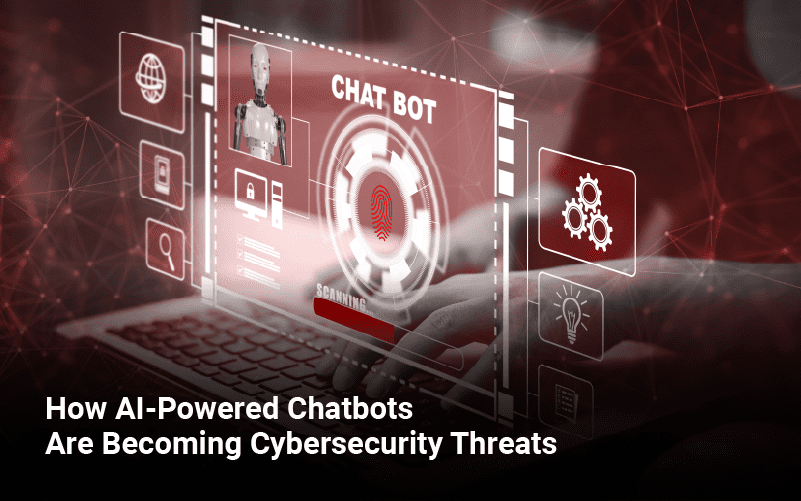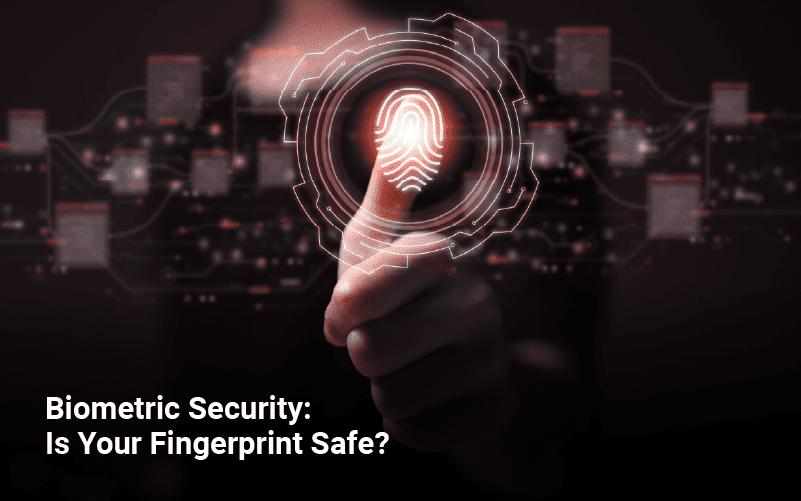In recent years, the Internet of Things (IoT) has revolutionized the way we live and work. IoT devices, from smart homes to self-driven cars, are becoming increasingly common in our daily lives. However, this growing network of connected devices also presents a significant cybersecurity risk. In this blog, we will explore the challenges and solutions of cybersecurity in the age of IoT for students and professionals, using statistics to illustrate the scale of the problem.
Challenges:
- Lack of security standards: The lack of universally accepted security standards is a significant challenge in IoT device security. This lack of trust is partly due to the inconsistent security protocols used by different IoT devices, which makes it challenging to develop a comprehensive security framework.
- DDoS attacks: IoT devices are vulnerable to Distributed Denial of Service (DDoS) attacks, which can cause significant disruption and downtime. In 2016, the Mirai botnet, composed of compromised IoT devices, launched a massive DDoS attack on Dyn, a central domain name system (DNS) provider, which disrupted access to popular websites such as Airbnb, Twitter, BBC, Amazon, HBO, and Netflix. This attack was one of the largest and most sophisticated DDoS attacks to date, illustrating the significant threat that IoT devices pose.
- Data privacy: IoT devices collect and store vast amounts of personal and sensitive data, which can be used for disreputable objectives if not properly secured. This data can be used for miscellaneous objectives, including identity theft, blackmail, and extortion.
- Physical security: IoT devices are often deployed in remote locations or harsh environments, making them vulnerable to physical attacks such as theft or sabotage. For example, a smart meter in the UK was targeted by thieves, who stole it and sold it on the black market. This highlights the importance of physical security for IoT devices.
Solutions:
- Strong authentication and encryption: IoT devices should be protected with strong authentication and encryption protocols to prevent unauthorized access. This highlights the growing importance of strong authentication for IoT device security.
- Network segmentation: Internet of Things devices should be isolated from other devices on the network using network segmentation. This makes it more difficult for hackers to move laterally through the network.
- Regular software updates: IoT devices should be updated with the latest software and security patches.
- Risk assessment and management: Students and professionals should regularly assess and manage the risks associated with IoT devices.
- Security by design: IoT devices should be designed with security in mind from the outset. Security by design ensures that security is an integral part of the device rather than an afterthought, making it more resilient to cyber-attacks.
The growing number of Internet of Things devices presents significant cybersecurity challenges for students and professionals alike. However, by implementing strong authentication and encryption, network segmentation, regular software updates, risk assessment and management, and security by design, we can mitigate these risks and ensure that IoT devices are more secure. As the IoT continues to evolve, staying up-to-date with the latest security practices and technologies is essential to protect ourselves and our devices from cyber threats.
EC-Council University can help students and professionals with cybersecurity in the age of IoT by offering degree programs and certifications that focus on the latest technologies and best practices in the field. The EC-Council University’s Bachelor of Science in Cyber Security program covers topics such as secure coding, network security, and digital forensics, while this degree is embedded with industry certifications providing training in the latest tools and techniques used by hackers. Another course is the Master of Science in Cybersecurity, which focuses on advanced cybersecurity concepts such as threat intelligence, penetration testing, and digital forensics. This program is designed for students who wish to specialize in cybersecurity and gain an in-depth understanding of the latest trends and techniques in the field. Both of these courses can provide students with the knowledge and skills needed to tackle the challenges posed by IoT-related cybersecurity threats.
FAQs:
Ans. IoT devices have brought unprecedented convenience to our daily lives, but they also pose significant challenges to cybersecurity. One of the main challenges is the sheer number of connected devices, which creates a massive attack surface for cybercriminals. Additionally, many IoT devices are designed with minimal security measures, leaving them vulnerable to hacking and other cyberattacks. The lack of standardization across devices and the use of outdated software further complicates the security landscape. Ensuring the security of IoT devices requires a multi-layered approach, including robust authentication, encryption, and continuous monitoring to detect and mitigate threats.
Ans. In the age of the internet, cybersecurity is of paramount importance because of the increasing number of cyberattacks and threats. With the exponential growth of digital technology, every aspect of our lives is now connected to the internet, from banking to healthcare, education to entertainment. This makes us vulnerable to cyberattacks that can potentially harm individuals, organizations, and even nations. Cybersecurity helps protect against these threats by securing our digital information, infrastructure, and communication channels. It ensures the confidentiality, integrity, and availability of information, ultimately safeguarding our personal and professional lives.
Ans. To tackle the challenges of cyber security in the age of IoT, it is essential to implement various security measures. These measures include implementing proper access controls, using strong encryption techniques, and regularly updating software and firmware. Additionally, security awareness training can be provided to educate both students and professionals on the best practices of cyber security. It is also important to regularly monitor and assess the security of IoT devices and networks to identify potential vulnerabilities and take immediate action. Finally, a collaboration between organizations and stakeholders can help to create industry standards and best practices for IoT security.
Ans. IoT devices are vulnerable to various security issues such as unauthorized access, data breaches, and malware attacks. To resolve these issues, implementing a multi-layered security approach is recommended. This can include securing the device’s hardware, network communications, and data storage. Encryption, authentication, and access control can also be used to protect against unauthorized access. Continuous monitoring, threat intelligence, and incident response plans can aid in detecting and mitigating attacks. Regular software updates and patches can address vulnerabilities and reduce the risk of exploitation. Additionally, educating users about secure IoT practices can prevent many security issues.








